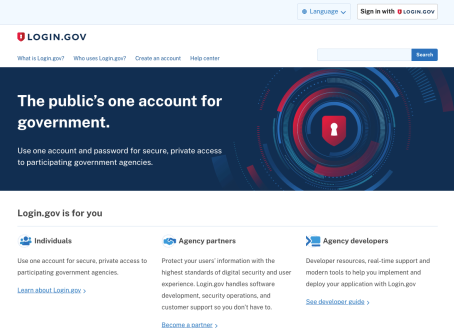USA.gov is pitched as the portal for “trusted, timely, valuable government information and services when and where you want them.” But now when users have feedback on the website or the information posted there, they’ll have to find a way to make themselves heard other than posting on the website’s official blog.
As of last Friday, the USA.gov blog is no longer accepting comments on its posts, according to the DigitalGov blog.
However, it’s not for lack of caring or ignorance, said Jessica Milcetich, a social media strategist in the General Services Administration’s Office of Citizen Services and Innovative Technologies. Rather, it’s another example of the federal government trying to become agile and adapt to the digital times.
“[T]he way we consume and interact with content online has drastically changed since the early days of blogging,” Milcetich wrote on the DigitalGov blog. “Now if someone has an opinion or a comment about your content, they tweet it or comment on your Facebook page. Think about it. When was the last time you left a valuable comment on a blog that moved forward a discussion? It’s probably been a while.”
The change also had to do with misuse of the blog’s commenting feature, Milcetich said. In the past few months, the commenting section had become overgrown with pestering spammers looking to mooch off USA.gov’s search engine optimization.
The prevalence of comments devoid of any insight was likely the result of meaningful commenters moving to social media, Milcetich said. But it was not the main reason USA.gov decided to close down the commenting altogether, she said. Many of the commenters on DigitalGov posts (the DigitalGov blog itself accepts commenting) would disagree with her logic, though, claiming the government is using the spam problem as an excuse to shut down commenting.
“[T]he discussion is trapped on that one blogger’s platform and limited to a very small audience,” wrote Milcetich. “Now think about how you share content on social media and can instantly spur discussion and debate with a much wider and broader audience. That conversation can keep going after you’ve left it. It’s not tied to one specific website that may have a few dedicated readers. It’s open to the world (or at least the social world).”
This gives a user’s comment more bang for its buck. It also makes USA.gov’s job easier by not having to respond multiple times to the same concern.
Of course, this is completely conditional upon the user and the objectives an agency is trying to achieve.
“While turning off comments made a lot of sense for us at USA.gov,” Milcetich wrote in an email, “it might not make sense for other agencies.”
To make sure readers’ concerns are met with responses, USA.gov has a “small team of people to monitor our social media, looking for comments and questions and replying in a timely manner as appropriate,” she said. Around the government, Milcetich added, the social media community is “large and very strong.”
Nevertheless, there are going to be those who prefer the old way or who aren’t Facebook and Twitter savvy.
For them, Milcetich said: “We have a 1-800 number they can call if they have questions (1-800-FED-INFO). We also let people email us their questions or comments to get a direct response that way. We know there are segments of the population who may not want to interact with the government on social media, so we provide those other channels for people to ask questions and find information.”




